SAWMILLS
Woodsmen, called "shanty boys," cut the trees. "River hogs," or river
men, drove the logs down rivers to sawmills to be made into lumber. Both used tools unique
to their jobs. This photo shows some of the tools exhibited in the gallery.
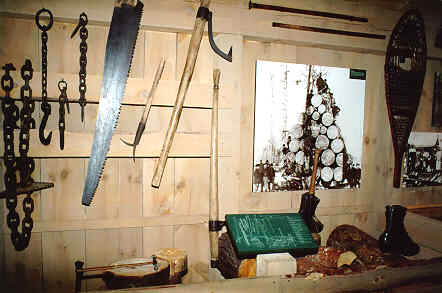
THE SAWMILL: end of the road
On the exterior wall of the sawmill a display of log marks shows some symbols owners used
to identify their logs.
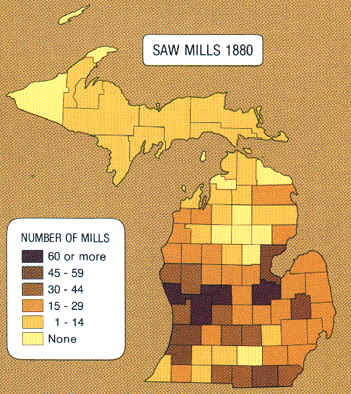
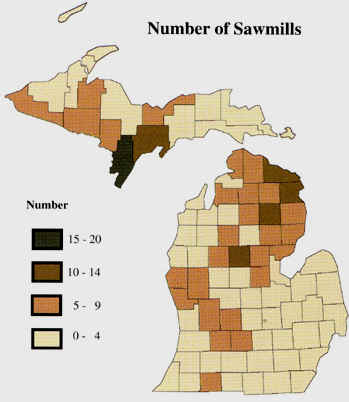
SAWMILLS IN 1880
SAWMILLS ABOUT 100 YEARS LATER
The "placemat" map (on the right) was produced by the Michigan
Geographic Alliance and the Science/Mathematics/Technology Center, Central Michigan
University, with funding from the U.S. Dept. of Education. For further information email Wayne.E.Kiefer@cmich.edu
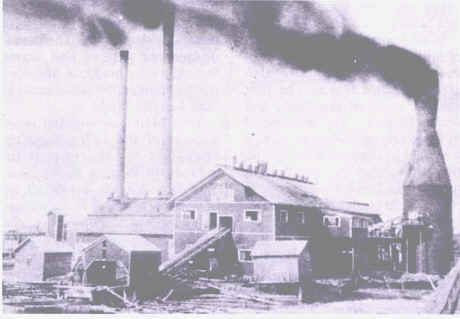
Source: Unknown
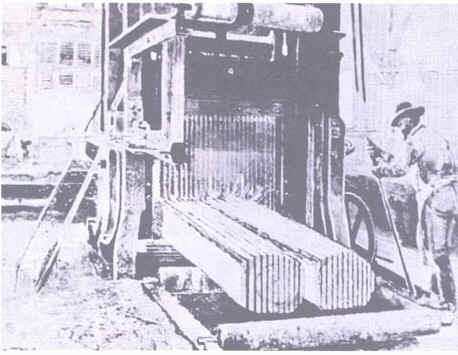
Some sawmills were built over the water, and "floated" in the lake (below):
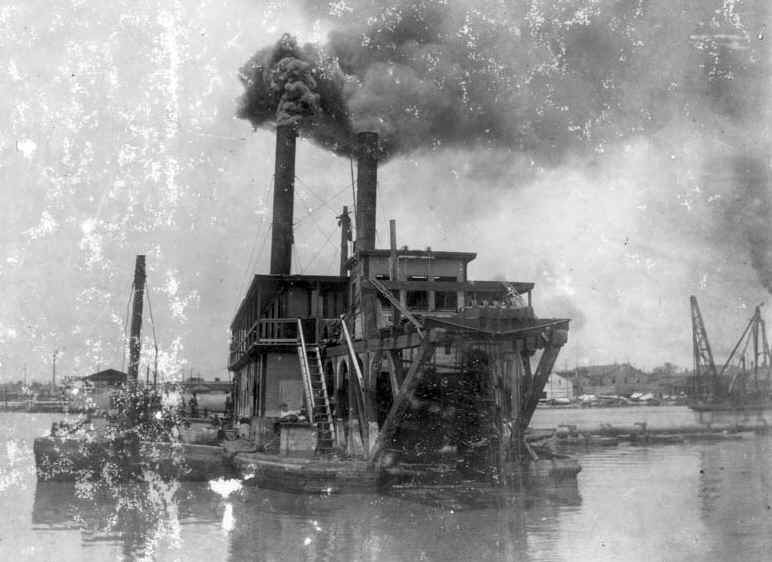
Source: Unknown
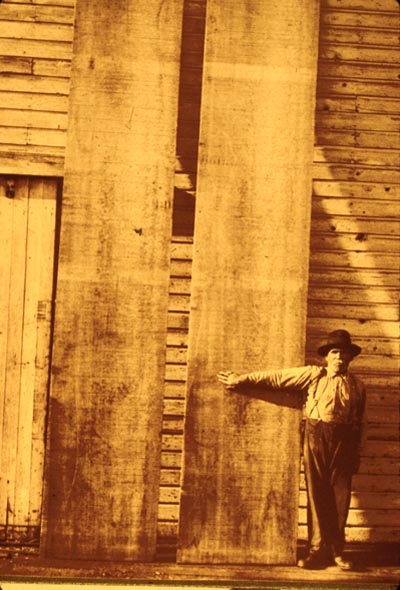
Source: Unknown
The logs were difficult to handle because of their size (16 feet) and
quantity. When the mill had cut the wood into boards, it was dried and then put on ships
heading to various areas. Much of the wood from Saginaw, for instance, went to the
Northeast, where it was used for building cities and homes. The wood from the west side of
the state was shipped to Chicago, from which it was sent by train to the plains states to
build homes, cities and railroad tracks.
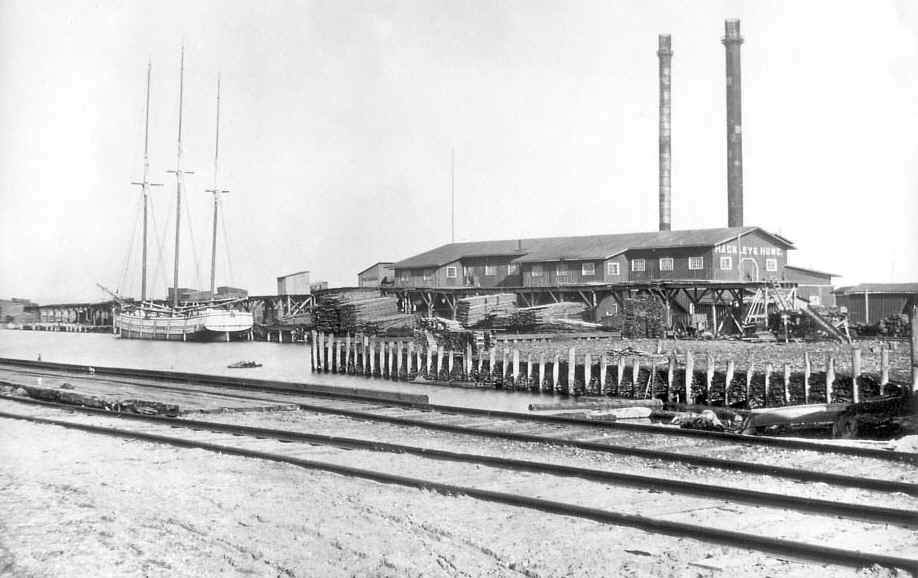
Source: Unknown
This material has been compiled for educational use only,
and may not be reproduced without permission. One copy may be printed for
personal use. Please contact Randall Schaetzl (soils@msu.edu)
for more information or permissions.







